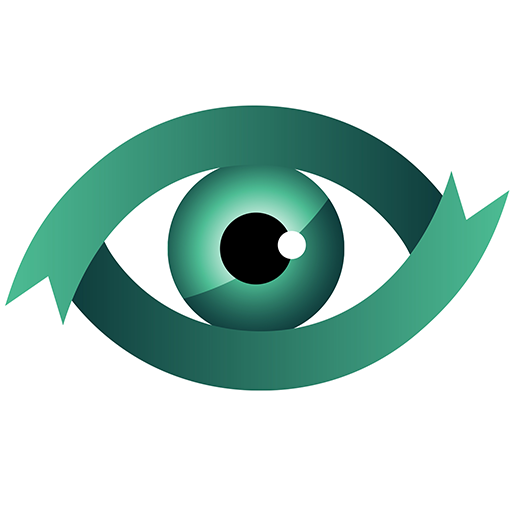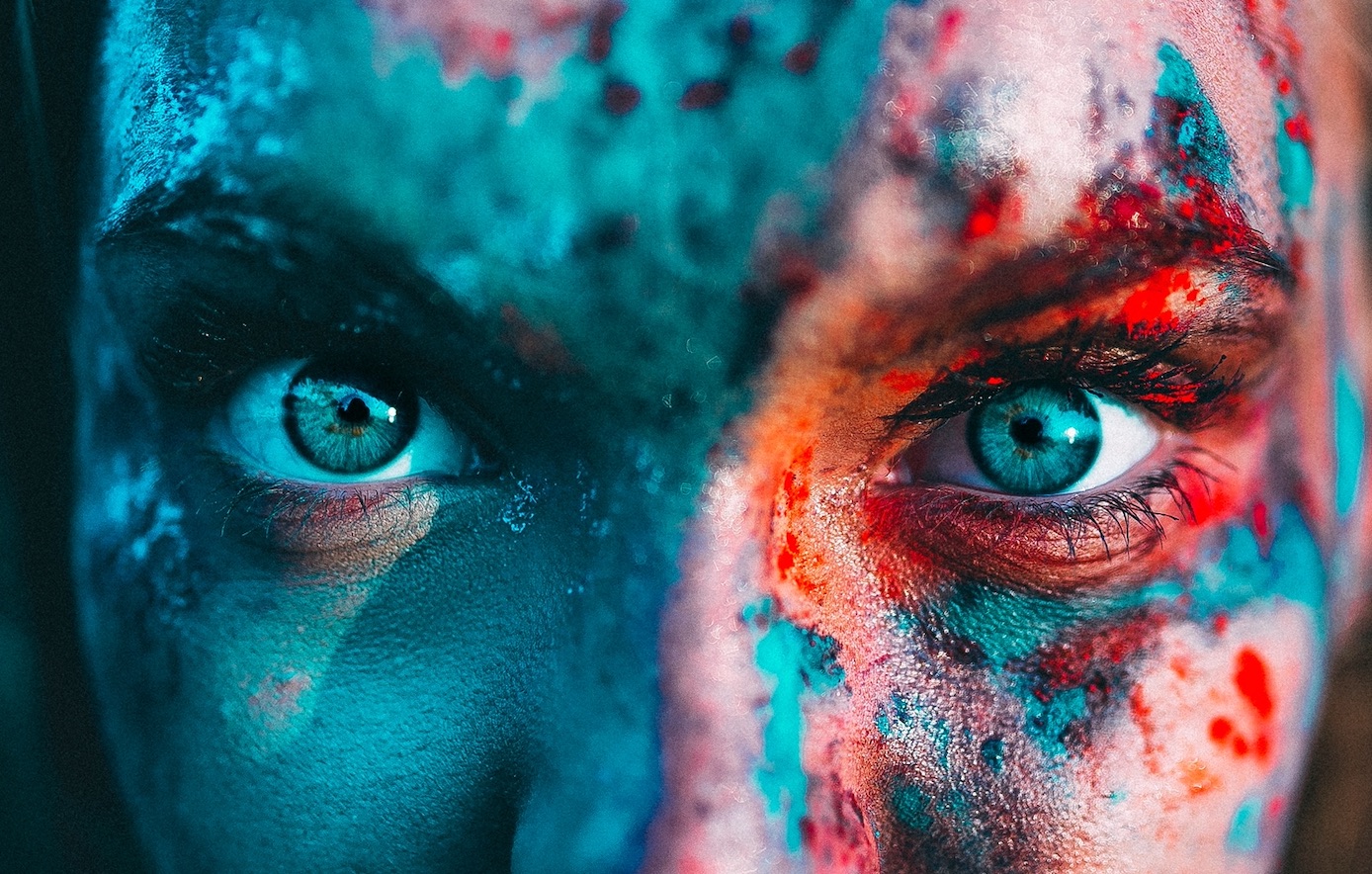Diagnosing and treating Ocular Disease
It is very important that you visit your eye doctor regularly, as eye health and your vision should be a part of your routine care. There are several different types of ocular diseases, and going in to see your doctor will stop the chance of you having an ocular disease and not knowing, thus causing your condition to worsen. Symptoms vary for each type of ocular disease, so if you feel like you may have any of the ones listed see your eye doctor.
A Few Most Common
Cataract
Cataracts are clouding in the eye’s lenses, and it a common ocular disease for those past the age of 40. Aging or injury is what causes the tissue to be damaged in the eye. Symptoms of cataracts include light seemingly overly bright, colors seem less brilliant. Treatment for cataracts can include surgery and advanced eyewear. It is best to consult with your eye doctor when deciding treatment for cataracts if you are diagnosed with them.
Pink Eye
Most people have heard of pink eye, which is also called conjunctivitis. In most cases, pink eye is started from bacteria or a viral infection, or possibly for an allergic reaction. Pink is basically inflammation or infection of your transparent membrane and is contagious. If someone you know has pink eye and you interacted with them then touched your own eyes, you’d likely contract it as well. Therefore, catching and diagnosing it early on helps to stop it from spreading. Symptoms of pink eye include visible redness ( or a pinkness) on the white on your eyes, swollen eyes with tears, itchy or burning sensations, and blurred vision. For treatment, if you have bacterial pink eye you will receive antibiotic eye drops or pills to help clear infection. If you are suffering from viral pink eye, there is not much to be done except wait it out. Viral infection usually clears up in a weeks time.
Styes
Styes are simply infections of your eyelid gland, or abscesses, that are near the base of your eyelid. It’s the actual oil gland in your eyelid that causes them. Your symptoms for styes would be having a red and tender to the touch eyelid. Both the outside and inside of your eyelid may be affected with styes. Treatment of styes are generally self-care and waiting them out. You can soak a washcloth and gently massage it over the stye, and clear the eyelid with a cotton swab. There are also eye drops available to help soothe the discomfort of a stye. If your stye doesn’t seem to be getting better or worsens over time, consult your eye doctor for further examination and treatment.
Macular Degeneration
This is another ocular disease that is best when caught early. Macular degeneration is the biggest culprit in central vision loss for older adults. Symptoms to look out for are dark and blurry areas in the center of your vision, or if your color perception has shifted. If you notice a black spot in your field of vision that seems to grow, this also may be a sign. It is diagnosed in routine eye exams and can be caught easily.
To treat, you can be prescribed vitamins to reduce vision loss, laser therapy, submacular surgery, or retinal translocation. Depending on the severity and what your doctor suggests, there are many treatments available.
Although there are many more forms of ocular disease, most can easily be spotted early on from a simple, routine eye exam. Also be aware of symptoms and keep notice of your eye health. Most ocular diseases have treatment methods to either completely rid the problem altogether or lessen it.





No Comments